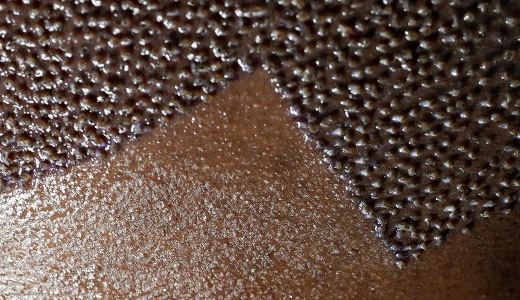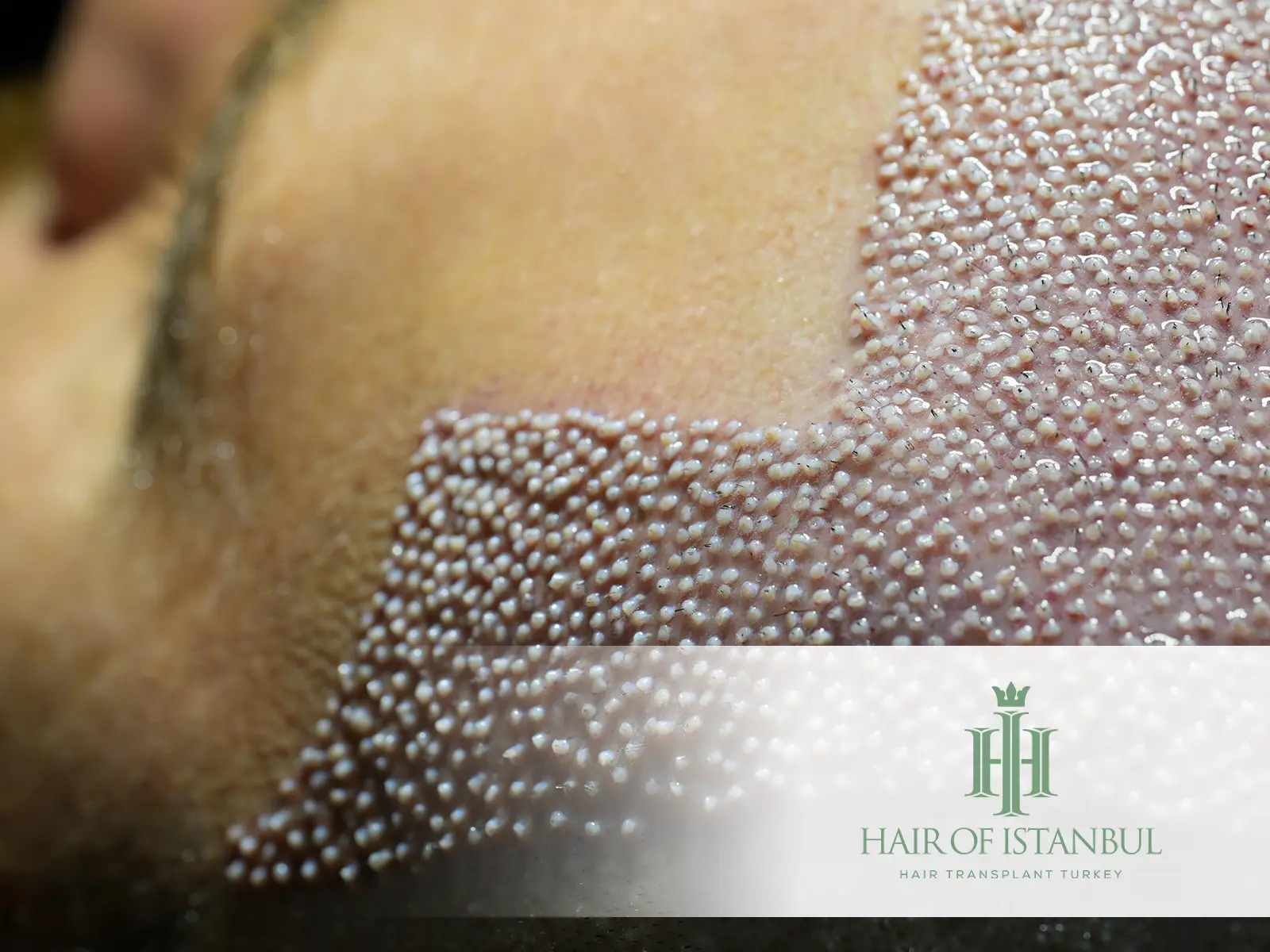Hair Graft Calculator: Estimate Your Hair Transplant Needs with Confidence
Planning a hair transplant involves more than just choosing a clinic—it requires understanding how many grafts you’ll actually need to achieve your desired results. This is where a hair graft calculator becomes a powerful tool. It offers an initial estimate based on the size of your balding area, hair density, and the style you’re aiming for. Whether you’re considering a minor touch-up or a full restoration, knowing the graft range helps you set realistic expectations.
At Hair of Istanbul, our team uses advanced tools and medical assessments to determine the ideal graft count for each patient. A typical consultation includes personalized analysis, photographs, and simulation tools, but a graft calculator offers a valuable starting point—especially for international patients researching procedures in advance. From hair transplant woman cases focusing on hairline refinement to 5000 grafts hair transplant needs for advanced hair loss, proper planning is the key to natural-looking outcomes.
How a Hair Graft Calculator Works
A hair graft calculator estimates how many follicular units you’ll need based on the Norwood scale (for men) or Ludwig scale (for women). For example:
Stage 2–3: You may need 1,500 to 2,500 grafts
Stage 4–5: 3,000 to 4,000 grafts
Stage 6–7: 5,000 to 8,000 grafts or more
These numbers vary depending on factors like hair texture, donor area quality, and whether you’re undergoing a FUE hair transplant, DHI hair transplant, or another method. Patients with thick, curly, or afro hair transplant needs might require fewer grafts to achieve full coverage.

Personalized Planning at Hair of Istanbul
While online tools are helpful, only a certified hair transplant clinic like Hair of Istanbul can assess your scalp in detail and provide a precise graft count. Our specialists perform in-depth consultations, reviewing your hair characteristics, medical history, and long-term goals. For those considering a 3000 grafts hair transplant, for instance, the difference between a dense and a sparse outcome depends heavily on precise graft placement and technique.
Whether you’re exploring a man hair transplant with frontal restoration, or a female hair transplant aiming for soft density across the top, planning is everything. And it all begins with understanding the numbers.
Bu gönderiyi Instagram’da gör
Common Graft Scenarios: 3000, 5000, 8000+ Grafts
Knowing how many grafts you need helps determine both the duration of your hair transplant surgery and the likely cost.
Here are some typical graft-based treatment ranges:
3000 grafts hair transplant: Ideal for mild to moderate balding (frontal zone and mid-scalp)
5000 grafts hair transplant: Suitable for more advanced balding or full crown coverage
8000 grafts hair transplant: Rare but possible in multiple sessions for extensive hair loss
At Hair of Istanbul, we explain each option clearly and create realistic plans, avoiding overharvesting the donor area and ensuring long-term density.
Bu gönderiyi Instagram’da gör
Before and After Hair Transplant: The Role of Graft Quantity
When reviewing before and after hair transplant images, it’s easy to focus on the visual difference—but the behind-the-scenes math is just as critical. Too few grafts, and the result appears thin. Too many, and the donor area may suffer. That’s why the hair graft calculator is just the beginning; professional evaluation turns estimates into strategy.
We also consider factors like hair transplant 3 months progress and hair transplant results at 6 to 12 months. The total number of grafts needed depends on the area of loss, but the success depends on how those grafts are managed.
What Influences Your Graft Needs?
Several elements affect the number of grafts required:
Hair loss pattern: Balding limited to the front or full scalp loss
Hair characteristics: Thick or curly hair provides more coverage
Donor area density: How many healthy follicles can be harvested safely
Technique used: FUE vs. DHI, each offering different extraction and implantation efficiencies
Gender: Hair transplant for women often requires fewer grafts for localized density
If you’re looking for a cheap hair transplant, be cautious—some clinics may promise high graft counts without evaluating your scalp’s actual capacity, risking shock loss or uneven growth.
Hair Transplant Care After: Maintaining Your Grafts
Your graft count matters, but your hair transplant care after surgery matters just as much. The post-op phase includes:
Gentle washing and moisturizing (especially after long hair transplant procedures)
Avoiding sun exposure or sweating
Taking prescribed medications
The healing process of the scalp and wounds
At Hair of Istanbul, we provide detailed instructions and follow-up consultations to ensure graft survival and consistent hair growth.
Why Patients Choose Hair Transplant in Turkey
Choosing a hair transplant in Turkey offers not only affordability but access to some of the world’s most skilled professionals. At Hair of Istanbul, we combine advanced surgical techniques with personalized care, ensuring natural results—without compromising ethics or transparency.
Unlike many clinics offering cheap hair transplant packages with unclear expectations, we focus on honest planning, accurate graft estimation, and realistic timelines for growth.
Numbers Matter, but Expertise Matters More
A hair graft calculator gives you a solid starting point in your hair restoration journey. It sets expectations, informs your budget, and helps you visualize the scale of the procedure. But when it comes to executing that plan, only a skilled team like Hair of Istanbul can translate numbers into natural, lasting results.
Whether you’re considering a DHI hair transplant, FUE hair transplant, or a customized plan for female or afro hair, one thing remains constant—success starts with the right strategy, and the right graft count.







